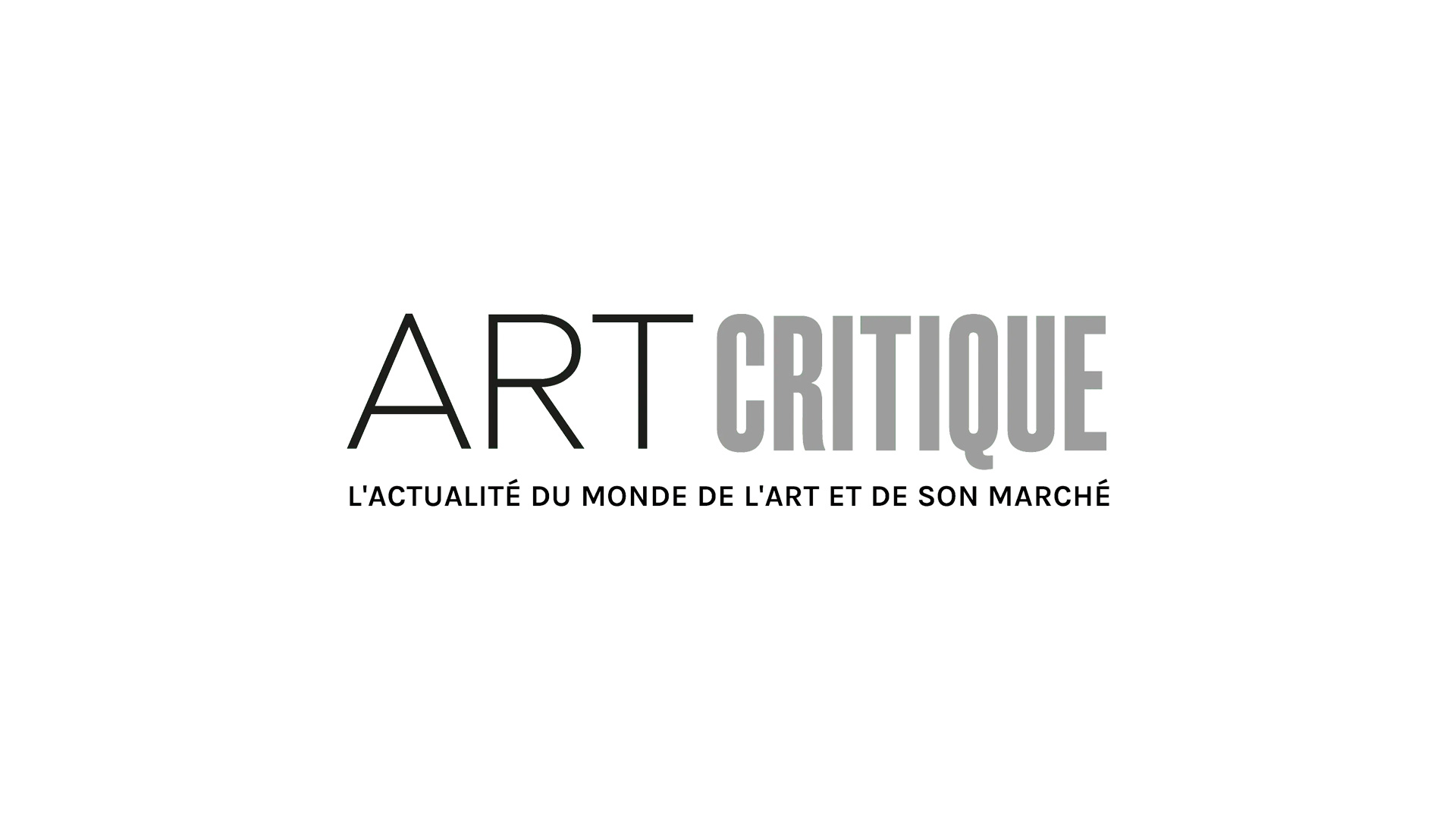Countries all around the world suffer from losing loved ones during times of political turmoil. Many never find out what happened; they become known as the disappeared. From 19750 to 1990, women in Chile banded together to search for their lost loved ones, console each other, and protest the military regime of Augusto Pinochet. An outlet for them to deal with the trauma and protest the violence they experienced materialized in arpilleras created collectively in workshops. Decades later, museums are discovering the dynamic worth of these acts of memory and rebellion.
Arpilleras are appliqué panels with cotton or burlap bases composed of scraps of fabric that are arranged to create visual narratives. Through the medium of the arpillera, women were able to reflect upon and recreate their traumatic experiences and memories. The arpilleras demonstrate the visual transformation of memories into art objects with a convergence of lines, shapes, colors, textures, mass, and composition that expresses content and meaning.
The arpilleristas of Santiago reflected the pastoral Isla de Negra arpilleristas, originating a decade earlier, in many ways. Artists used both artistic traditions as a medium of emotional coping and expression during times of dire financial circumstances. The work from Isla Negra inspired the arpillera workshops in Santiago, which adopted it as a format for their needlework. While the workshops were similar, they also had their unique characteristics. For instance, the arpilleristas of Santiago substituted farming and fishing scenes with their realities of urban unemployment, poverty, or political repression and urban crime.
After the military coup of September 11, 1973, that overthrew Salvador Allende, General Augusto Pinochet installed detention camps for political dissidents throughout Chile. In the detention centers, prisoners suffered from mass executions and torture. These defenders, whose whereabouts were not reported, became known as the disappeared. Arpillera workshops were begun to open in 1975 by the Catholic organization the Vicariate of Solidarity and were dismantled with the transition to democracy in 1990.
Like other relatives of missing persons, Violeta Morales, whose artwork is featured above, desperately began to search for her brother in prisons, hospitals, and morgues. She immediately started participating in a pro-peace committee that sought out the disappeared and aided in the report of human rights violations. Like Violeta, many other mothers, wives, sisters, and daughters fell into economic and emotional despair when the family members they relied on went missing. In the quest for financial and emotional stability, affected women began to create arpilleras.
The arpillera above, entitled Did You forget? If You Have No Memory You Will Vote Again for Pinochet, by Violeta Morales confirms the date of this arpillera by alluding to the elections of 1988. The backdrop of the embroidery depicts a dark and urban scene with three large apartment or office buildings cross-stitched against the sky. Against the sky, black stitched antennas protrude from the premises. This addition does not simply distinguish the buildings’ urban setting; the cross shapes of the antennas resemble the grave markers placed at mass gravesites such as Patio 29, located in Santiago’s General Cemetery.
Each of the shadow figures between the women has white cross stitch outlines, meaning to represent the disappeared. The “x” shape of the cross stitch emphasizes the border between the living and the dead. Morales attached each of the women directly to their disappeared, thereby emphasizing the arpilleristas unity while simultaneously stressing the absence of their loved ones.
The Museum of Latin American Art in Long Beach, California, is featuring many such artworks at their exhibition, Arte, Mujer y Memoria: Arpilleras from Chile. In the spirit of the artworks, the exhibition celebrates female solidarity and other communal efforts of women who come together to fight for justice and emancipation. If you are closer to London, you can also check out the small exhibition Collective Action: Arpilleras at the Tate Modern.





